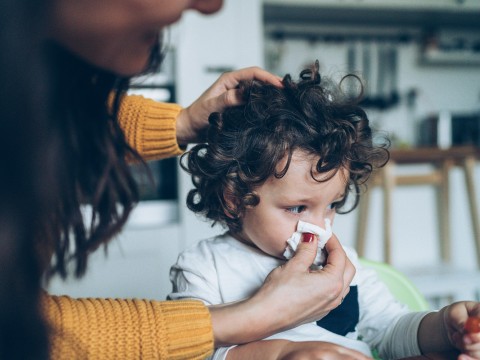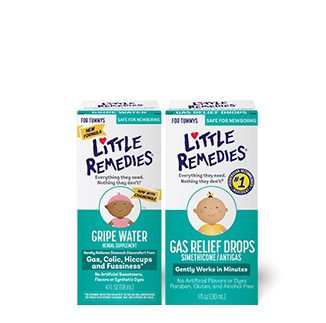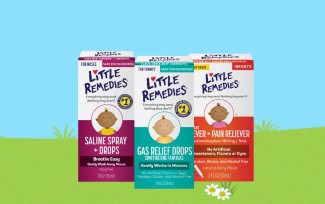
It’s hard to believe that cute gummy baby smile will slowly disappear as your baby starts getting her pretty pearly whites. Even though I knew they were coming, baby teeth surprised me. I remember thinking, “it can’t possibly be happening this fast!”
We went from a lone snaggletooth to a mouthful of teeth pretty quickly. The first few incisors came in fast, but the molars were slow and caused my babies some discomfort. Since the incisors are sharp, they tend to break through the gums easier. Molars are bigger and dull, so they take longer and can cause typical teething symptoms like pain and irritability.
If you think your baby is cutting her molars and look in her mouth, you may see what looks like a big bubble on her gum line. This is what molars can look like before they make their grand entrance. It can be a bit unsettling, but it’s more than likely normal. I remember seeing it and thinking, “no wonder you’re cranky!” It looked painful and inflamed.
If you take a look at the American Dental Association’s Teeth Eruption Chart (it’s not as bad as it sounds!), you’ll see a timeline of when baby teeth make their appearance. There are also a few baby teeth “myths” out there that may surprise you.
Did you know? You baby is born with 20 baby (primary) teeth that usually start appearing at six months old.
Did you know? Teeth serve a bigger purpose than just eating, they help your baby speak and smile. In fact, baby teeth help form your baby’s face shape.
Did you know? Just because baby teeth eventually fall out, doesn't mean they don't play an important role later in life. Baby teeth act as "space savers" for adult teeth, so if little chompers are destroyed or damaged that can actually lead to crooked or crowded adult teeth.
Did you know? You should start cleaning your baby’s gums before she even has teeth but wiping them off after feedings to get rid of icky bacteria.
Did you know? The very first tooth that appears is usually a front lower incisor. In fact, these pioneers tend to appear at the same time.
Did you know? The upper front incisors start coming in between 8 and 12 months of age, a few months after the lower front incisors.
Did you know? Baby’s first molar tends to be a top molar and doesn’t break through the gum line until she’s about 13 – 19 months old.
Did you know? Prior to the last four molars, the final teeth that drop into place are the upper canines (also called cuspids), followed by lower canines. These teeth will fill in the gaps in your baby’s big smile.
Did you know? Diluting juice with water doesn’t help curb a sugary shower. If your baby drinks a lot of juice, she should be rinsing her mouth with water and brushing her teeth to make sure sugar doesn’t settle.
Did you know? You should brush your baby’s teeth until she’s old enough to hold the brush herself, but you should supervise until she’s around 6-years-old to make sure she brushes her teeth safely and spits out toothpaste when she rinses.
Mealtime is fun! Read more about first foods and tips for dealing with a picky eater here.









